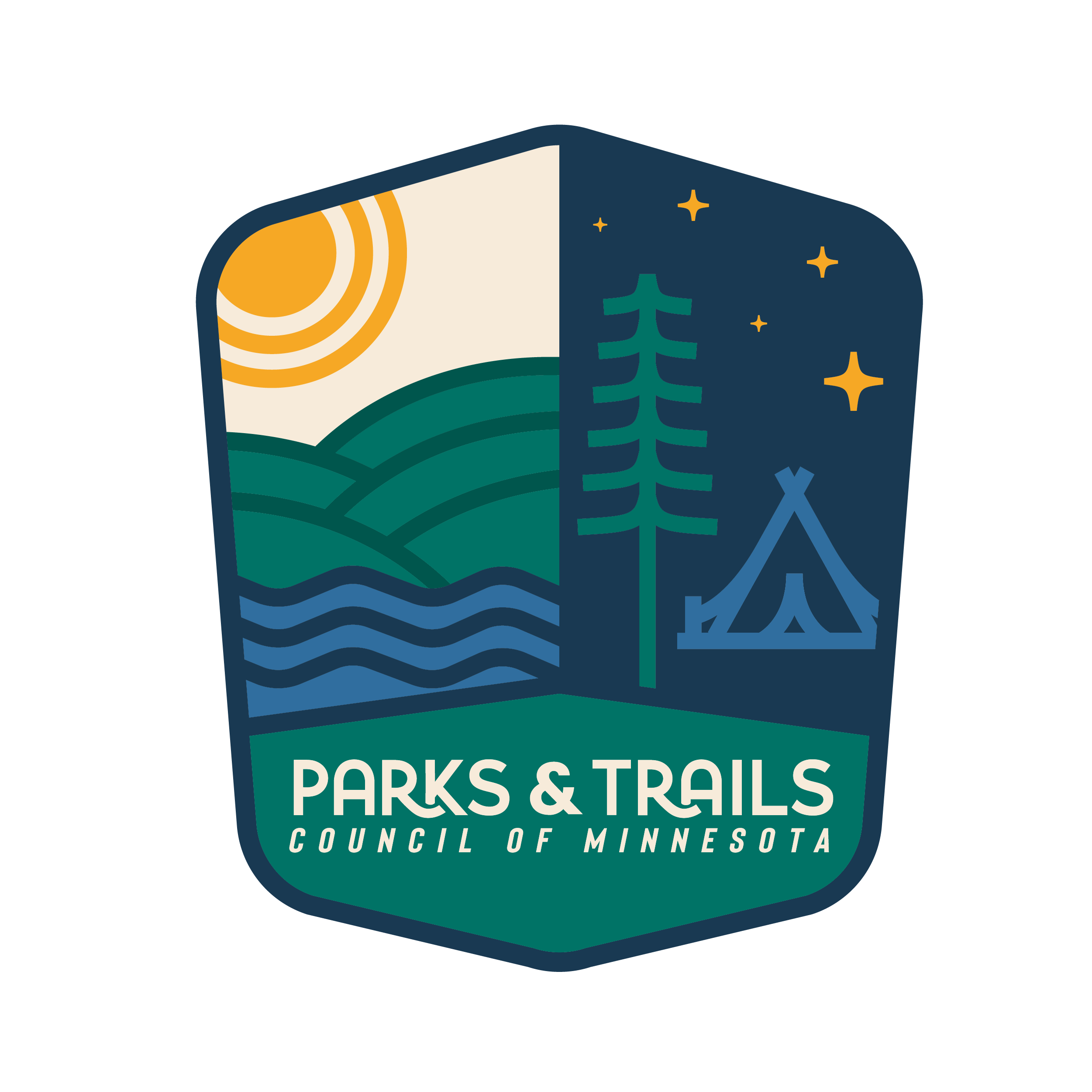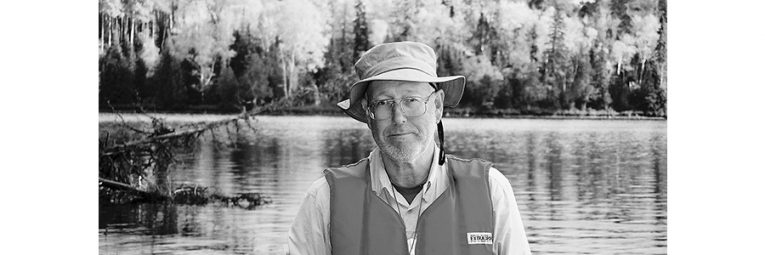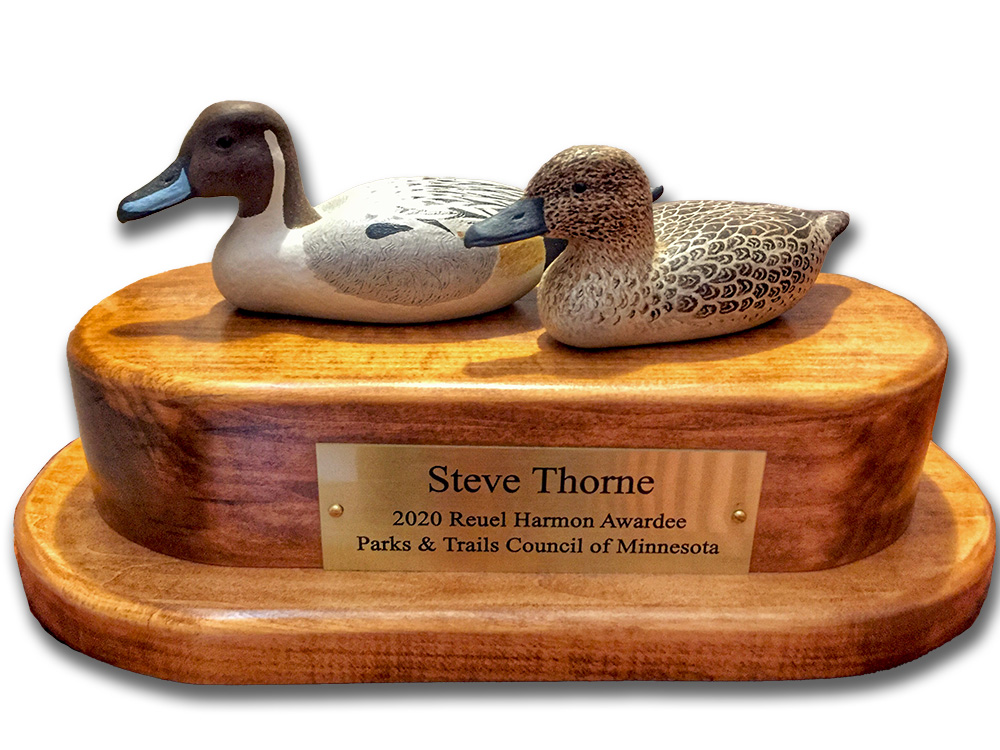2020 REUEL HARMON AWARDEE
Awarded in 2021 due to the pandemic
Former deputy commissioner persisted to create parks and trails
Steve Thorne knew members of the Grand Portage Band of Chippewa from his time working on Indian law while in the Minnesota Attorney General’s Office in the 1970s. “I really valued all my experience in Indian Country,” Thorne says. “They deserve a lot more respect than what they get.”
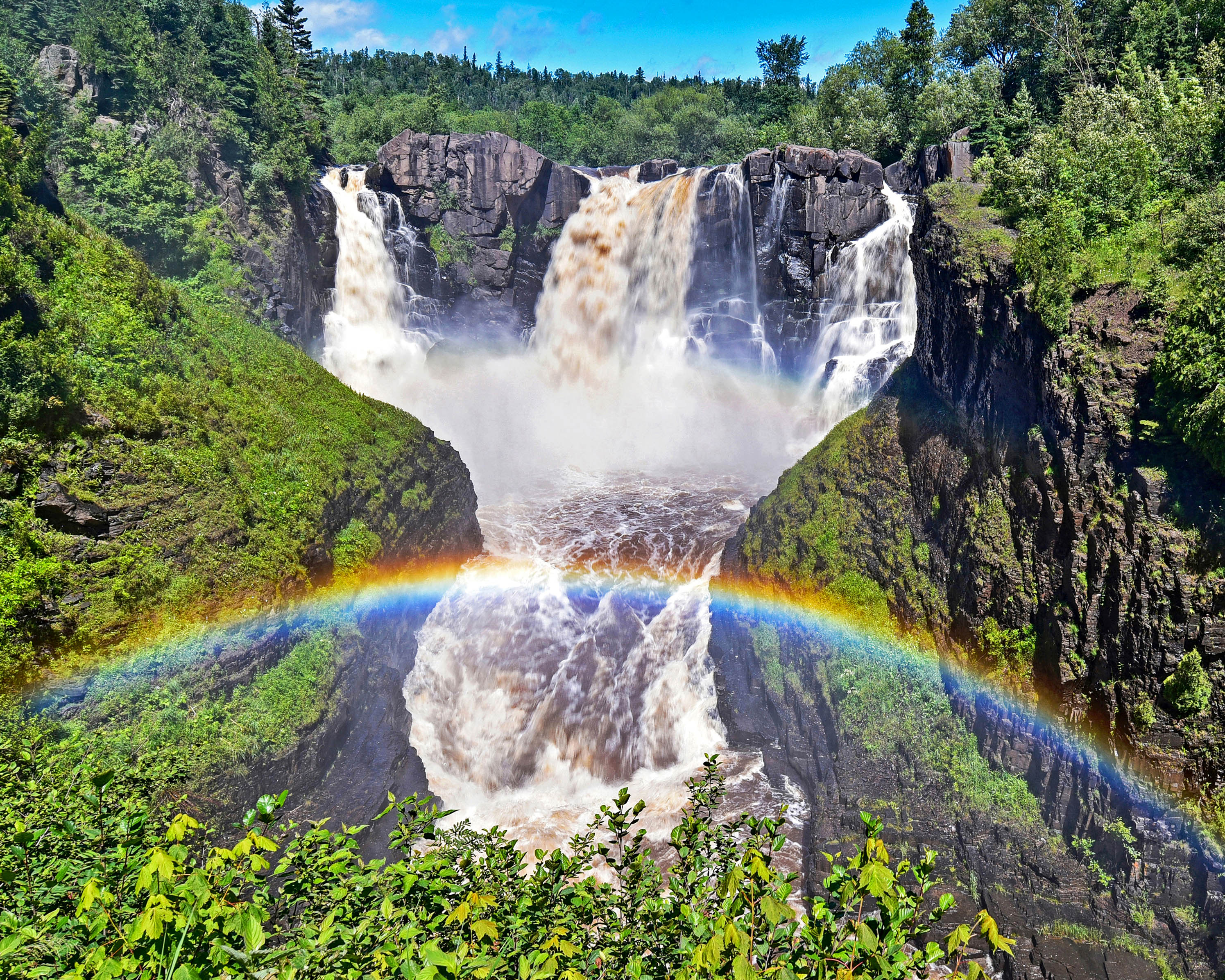
Grand Portage State Park
Justin Pruden/P&TC photo contest
A decade or so later, when Thorne became deputy commissioner of the Minnesota Department of Natural Resources, those relationships proved key to a major achievement: The first-of-its-kind—and perhaps only—partnership between a state and a tribal nation to create a state park.
Grand Portage State Park took shape from lengthy negotiations that were so complex that most people thought it didn’t stand a chance. But, Thorne persisted.
He encouraged Parks & Trails Council to form a committee and buy the land in 1987. In the meantime, he drafted legislation and visited with lawmakers to explain the complex deal that involved multiple transfers of ownership and a unique advisory committee.
The result was the establishment of the park in 1989. Thorn is quick to share the credit with all involved, saying, “it was the right place, with the right people and an amenable legislature.”
This magical combination of factors seemed to follow Thorne through several major accomplishments on behalf of Minnesota State Parks and Trails.
But, the project he says he’s most proud of during his career, was one that had to overcome major political resistance: the establishment of the Root River State Trail under Governor Al Quie. “He was a very decent man, but not necessarily a real, public lands guy,” Thorne explains. “And, he had a lot of constituents who didn’t like the idea of a trail.”
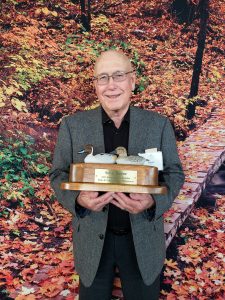
Steve Thorne received the 2020 Reuel Harmon Award (awarded in 2021 due to canceled event last year)
It took intense negotiations. “The result is that we lost the eastern end of what we wanted to be the trail,” Thorne says. Seeing the transformation of that region into a tourism destination as a result of the trail made the whole ordeal worth it. Eventually, even the eastern section was built as the community embraced the trail.
Thorne doesn’t fault people for being skeptical of public lands projects. “It’s good to question whether they’ll be good; you just have to talk through it,” he says.
Another project Thorne helped to convince a reluctant public of, was the major addition to Tettegouche State Park in 1991, which nearly doubled the size of the park. Ushering this along was one of Thorne’s final acts as deputy commissioner. “I was helping it along the way with a bunch of great people,” he says. “Our DNR folks were top-notch and it was a time when we were in growth mode.”
Thorne left the MnDNR in 1990 to accept an endowed chair as professor of forestry at Pennsylvania State University, where he remained for three years. Then he came back. “I was always a Minnesotan,” he says. He took up law at a private law firm specializing in Indian Law. He remained active with environmental issues, volunteering on nonprofit boards, including the Minnesota Center for Environmental Advocacy, The Nature Conservancy and Parks & Trails Council.
To explain why he’s so passionate about this issue, he says:
“Parks and trails are critical for Minnesota’s quality of life. And they are increasingly important at this time. We need to be using our public lands, including parks, to deal with the effects of climate change and to preserve as much of the natural world as we can.
